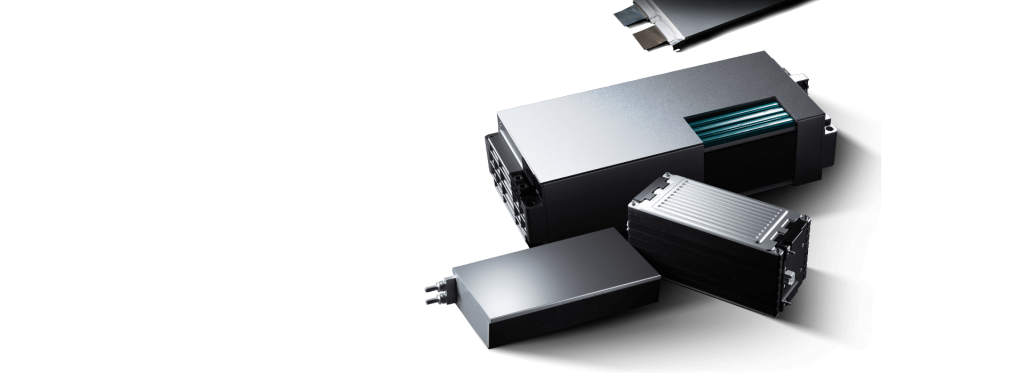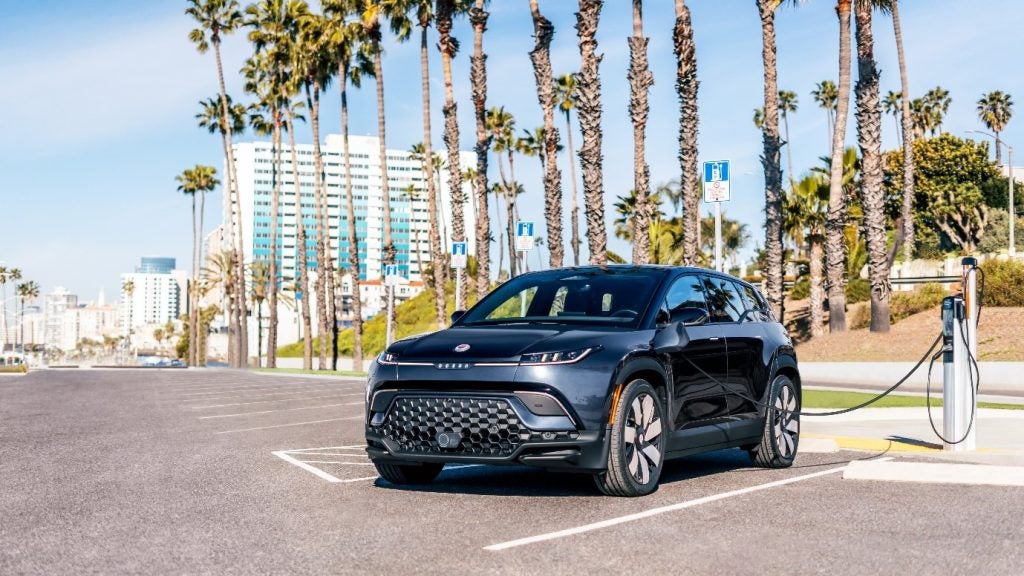
More details have now been shared relating to the planned joint venture between Sony and Honda. The two Japanese giants announced a strategy back in March 2022 to collaborate on a range of new battery-electric vehicles. Now, after thrashing out the details, the two companies have agreed to baptize the JV as Sony Honda Mobility Inc.
The plan is for each entity to lean on its specialty business areas to maximize the appeal of the new model. Naturally, this will see Sony provide technologies in the fields of sensing, imaging, telecoms, networking and digital entertainment – increasingly important in today’s tech-driven vehicle market. Meanwhile, Honda will focus on vehicle development, manufacturing and safety, along with adjacent mobility services and aftersales support.
Bringing in a third-party company, especially one with Sony’s reputation and close ties with digital systems and entertainment, could be seen as a wise move. As the passenger vehicle market gradually moves towards full electrification and partial autonomy, each brand’s unique driving experience is becoming diluted and more uniform. As a result, customers may become increasingly disinterested in performance and handling aspects of a vehicle, with an associated increased focus on a vehicle’s digital networking and infotainment offering.
Sony Honda Mobility Inc is due to be formally established before the end of the year. It is not known exactly what the line-up will look like but, so far, two concepts have been shown – the Vision-S EV and the Vision-S 02 SUV.
While final production vehicles could look substantially different, it is likely that the first models will still compete in these popular segments. The JV expects sales of the new models to begin at some point in 2025.
On the surface, the plan seems sound – combine an experienced automaker with established manufacturing and supply networks, with a prestigious digital service provider to create a compelling product. However, there is a risk that Honda and Sony are slightly too late to the party – an accusation that’s already been levelled at Honda’s electrification strategy.
How well do you really know your competitors?
Access the most comprehensive Company Profiles on the market, powered by GlobalData. Save hours of research. Gain competitive edge.

Thank you!
Your download email will arrive shortly
Not ready to buy yet? Download a free sample
We are confident about the unique quality of our Company Profiles. However, we want you to make the most beneficial decision for your business, so we offer a free sample that you can download by submitting the below form
By GlobalDataBy the time the Vision vehicles go on sale, a chorus line of competitors will already have their models on sale. The new cars will face the likes of Tesla’s Model 3 and Model Y, the Ford Mustang Mach-E, Hyundai’s Ioniq 5, Kia’s EV6, Chevrolet’s Bolt EUV and Blazer EV, along with several models across the Volvo and Polestar ranges. While the Sony/Honda JV vehicles might offer some key benefits over these models, they could suffer by arriving on the market too late, with customers clamouring to get the latest and greatest EV models.
This article was first published on GlobalData’s dedicated research platform, the Automotive Intelligence Center








Related Company Profiles
Tesla S.r.l.
Hyundai Corp
Volvo Pty Ltd
Sony Group Corp
JV Co